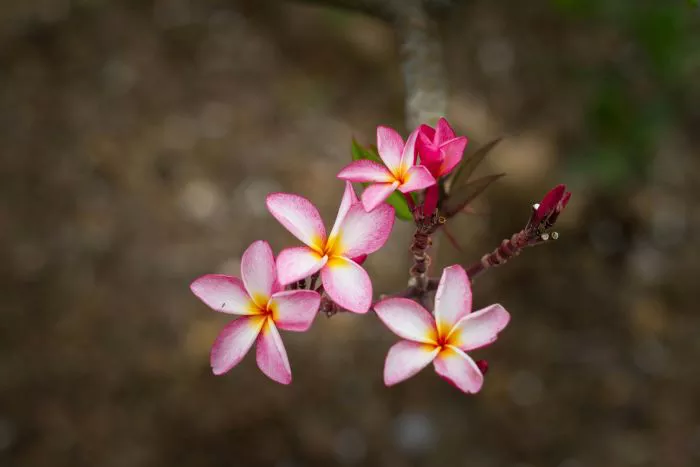Dried flowers have become increasingly popular in home decor, crafts, and arrangements. They offer a long-lasting alternative to fresh flowers and can retain their beauty for years. However, many people wonder how long it takes for flowers to dry properly. Understanding the drying process and the factors that influence it can help you achieve the best results. This article will explore the drying time for different types of flowers, methods for drying flowers, and tips for preserving their beauty.
Factors Influencing Drying Time
The time it takes for flowers to dry depends on several factors. These include the type of flower, the drying method, and environmental conditions. Different flowers have varying moisture content, which affects how quickly they dry.
Thicker stems and petals tend to retain moisture longer than thinner ones. For example, roses and peonies may take longer to dry compared to delicate flowers like daisies or lavender. Additionally, flowers with high water content, such as hydrangeas, may require more time to dry completely.
The drying method you choose also plays a significant role in how long it takes for flowers to dry. Common methods include air drying, pressing, and using silica gel. Each method has its own drying time and impact on the final appearance of the flowers.
Environmental conditions, such as temperature and humidity, can further influence drying time. Warmer, drier environments typically speed up the drying process, while cooler and more humid conditions can prolong it.
Air Drying Flowers
Air drying is one of the simplest and most popular methods for drying flowers. This method involves hanging flowers upside down in a well-ventilated area away from direct sunlight. The drying time for air drying can vary based on the type of flower and environmental conditions.
On average, air drying flowers can take anywhere from one to three weeks. Smaller, less dense flowers may dry in as little as one week, while larger blooms may require two to three weeks. It is essential to check the flowers regularly for dryness. They should feel crisp and dry to the touch when fully dried.
To air dry flowers, start by cutting the stems to your desired length. Remove any leaves that will be below the drying line. Bundle the flowers in small groups and tie them together with string or rubber bands. Hang the bundles upside down in a dark, dry place with good airflow. This method helps preserve the color and shape of the flowers.
Pressing Flowers
Pressing flowers is another effective method for drying. This technique involves placing flowers between sheets of paper and applying pressure to flatten them. The pressing process typically takes about two to four weeks, depending on the thickness of the flowers and the humidity level.
To press flowers, start by selecting fresh blooms that are free of blemishes. Trim the stems and remove any unwanted leaves. Place the flowers between two sheets of absorbent paper, such as parchment or blotting paper. Then, place the paper inside a heavy book or a flower press. Make sure to apply even pressure to ensure the flowers flatten properly.
Check the flowers after two weeks. If they are still moist, leave them for another week or two. Once fully dried, pressed flowers can be used for various crafts, including making cards, bookmarks, or framed art.
Using Silica Gel for Drying Flowers
Silica gel is a desiccant that can absorb moisture quickly, making it an effective method for drying flowers. This method is particularly useful for preserving the shape and color of delicate blooms. The drying time using silica gel can range from two to seven days, depending on the flower type and size.
To dry flowers with silica gel, start by filling a container with a layer of silica gel. Trim the flowers to your desired length and place them upright in the gel. Gently pour more silica gel over the flowers until they are completely covered. Seal the container and leave it in a cool, dry place.
After two to seven days, carefully remove the flowers from the silica gel. Brush off any excess gel using a soft brush. This method helps maintain the flowers’ original shape and color, making them ideal for decorative arrangements.
Tips for Successful Drying
To achieve the best results when drying flowers, consider the following tips. First, choose flowers that are at their peak freshness. Flowers that are already wilting or damaged may not dry well.
Second, ensure that the drying environment is dry and well-ventilated. High humidity can prolong the drying process and lead to mold growth. A warm, dry room is ideal for air drying and using silica gel.
Third, avoid direct sunlight during the drying process. Sunlight can fade the colors of the flowers and affect their overall appearance. Instead, choose a dark area for air drying or pressing.
Finally, store dried flowers properly once they are fully dried. Keep them in a cool, dry place away from direct sunlight. Consider using airtight containers to protect them from moisture and dust.
Conclusion
In conclusion, the time it takes for flowers to dry varies based on several factors, including the type of flower, the drying method, and environmental conditions. Air drying typically takes one to three weeks, while pressing flowers requires two to four weeks. Using silica gel can expedite the process, taking between two to seven days.
By understanding the drying process and following best practices, you can successfully preserve the beauty of flowers for years to come. Dried flowers can be used in various ways, from home decor to crafts. With the right techniques, you can enjoy the lasting beauty of your favorite blooms long after their fresh counterparts have faded.


